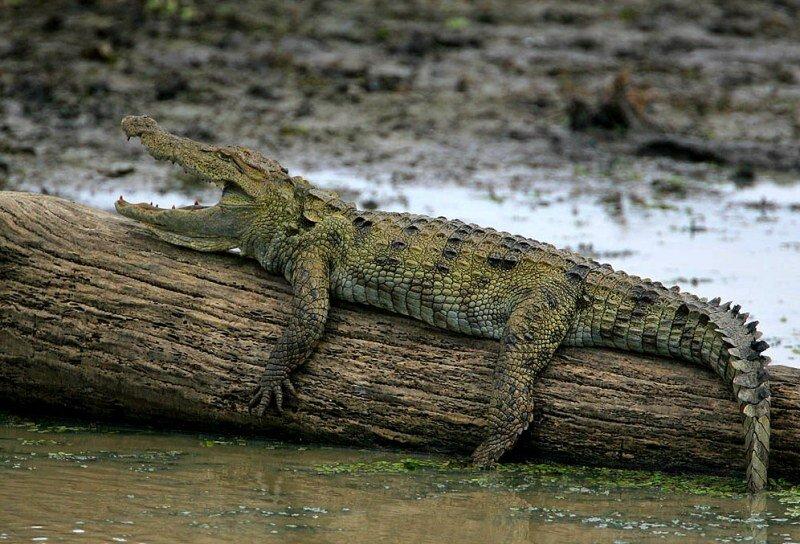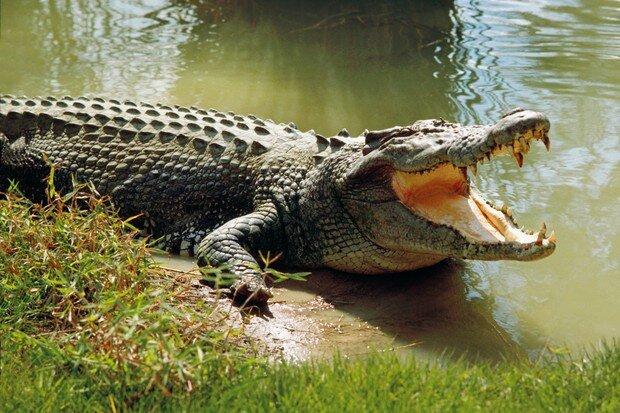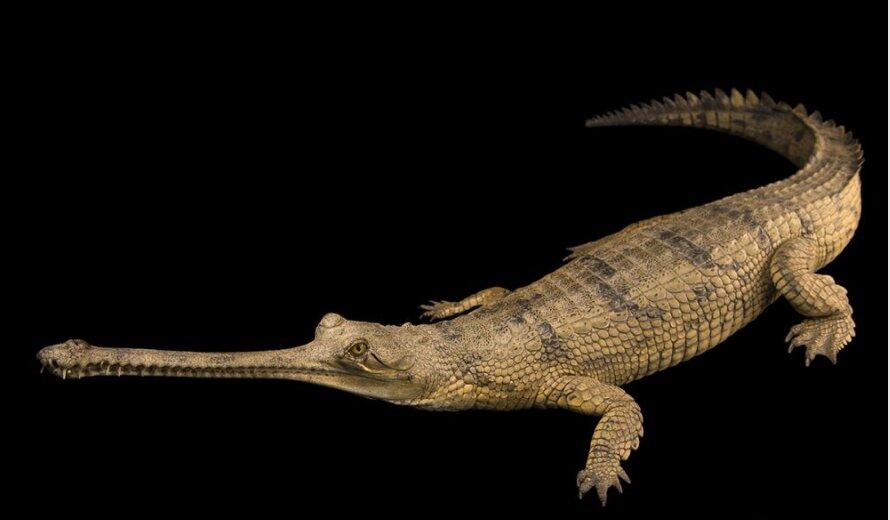Crocodilian Species in India | 01 Sep 2021
Why in News
Recently, Odisha's Kendrapara district has earned the distinction of being the only district in India where all three species of crocodiles, salt-water, gharial and mugger, are found.
Key Points
- Mugger or Marsh Crocodile:

- Description:
- An egg-laying and hole-nesting species, also known to be dangerous.
- Habitat:
- Mainly restricted to the Indian subcontinent where it may be found in a number of freshwater habitat types and also in coastal saltwater lagoons and estuaries.
- It is already extinct in Bhutan and Myanmar.
- Threats:
- Habitat destruction, fragmentation, and transformation, fishing activities and use of crocodile parts for medicinal purposes.
- Protection Status:
- IUCN List of Threatened Species: Vulnerable
- CITES: Appendix I
- Wildlife Protection Act, 1972: Schedule I
- Description:
- Estuarine or Saltwater Crocodile:

- Description:
- Considered as the Earth’s largest living crocodile species, infamous globally as a known maneater.
- Habitat:
- Found in Odisha’s Bhitarkanika National Park, the Sundarbans in West Bengal and the Andamans and Nicobar Islands.
- Also found across Southeast Asia and northern Australia.
- Threats:
- Illegal hunting, habitat loss, and antipathy toward the species because of its reputation as a maneater.
- Protection Status:
- IUCN List of Threatened Species: Least Concern
- CITES : Appendix I (except the populations of Australia, Indonesia and Papua New Guinea, which are included in Appendix II).
- Wildlife Protection Act, 1972 : Schedule I
- Description:
- Gharial:

- Description:
- Sometimes called gavials, are a type of Asian crocodilian distinguished by their long, thin snouts which resembles a pot (ghara in Hindi).
- The population of Gharials is a good indicator of clean river water.
- Known to be a relatively harmless, fish-eating species.
- Habitat:
- Mostly found in fresh waters of the himalayan rivers.
- The Chambal river in the northern slopes of the Vindhya mountains (Madhya Pradesh) is known as the primary habitat of gharials.
- Other himalayan rivers like Ghagra, Gandak river, Girwa river, Ramganga river and the Sone river are secondary habitats.
- Threats:
- Illegal sand mining, poaching, increased river pollution, dam construction, massive-scale fishing operations and Floods.
- Protection Status:
- IUCN List of Threatened Species: Critically Endangered
- CITES: Appendix I
- Wildlife Protection Act, 1972: Schedule I
- Description:
- Conservation Efforts:
- Odisha has announced a cash award of Rs. 1,000 to conserve gharials in Mahanadi River Basin.
- The Crocodile Conservation Project was launched in 1975 in different States.
